Health & Science
How football damages teens’ brains; An ancient Martian ocean; Are political choices hardwired?; How massage heals
How football damages teens’ brains
Young football players who show no signs of concussion may nonetheless be suffering brain damage from repeated blows to the head, a new study has found. Purdue University researchers placed sensors in the helmets of 29 players on an Indiana high school football team, and tracked head impacts over two seasons. They also periodically scanned the players’ brains while testing their reasoning skills. Each player, they found, absorbed between 200 and 1,900 hits to the head per season. Six of the players were diagnosed with concussions, showing symptoms such as headaches. But the researchers also found measurable changes in brain function in 17 others who had no symptoms; how much change depended on “how many hits you took, and where you took them,” study author Eric Nauman tells NPR.org. The students scored normally on cognitive tests, but those who had endured the harshest pummeling solved problems using different brain areas than usual—perhaps to compensate for injuries. Researchers say only monitoring the players over time will tell if the changes are temporary or are early signs of permanent damage, such as chronic traumatic encephalopathy, the degenerative disease blamed for causing dementia and early death in dozens of former NFL players.
An ancient Martian ocean
The Week
Escape your echo chamber. Get the facts behind the news, plus analysis from multiple perspectives.

Sign up for The Week's Free Newsletters
From our morning news briefing to a weekly Good News Newsletter, get the best of The Week delivered directly to your inbox.
From our morning news briefing to a weekly Good News Newsletter, get the best of The Week delivered directly to your inbox.
The arid northern plains of Mars may once have held an enormous ocean, Space.com reports. The European Space Agency’s Mars Express probe used radar to delve more than 200 feet below the planet’s surface, and found that the plains are covered in thin, sandy sediment—possibly the remains of an ocean floor. The sediment, which may also contain ice, appears near features that astronomers have suggested were ancient shorelines and is “a strong new indication” that Mars harbored a large body of water some 4 billion years ago, when the planet was warmer, says study author Jérémie Mouginot. Researchers think that the sea likely froze and was covered up, only to appear again about 3 billion years ago, when a meteor crash or other large impact melted subsurface ice and caused it to pool in low-lying areas. The water then likely refroze or vaporized too quickly to give rise to life. A recent NASA study of Martian soil shows that the planet is experiencing a 600-million-year “super drought” and in the past may only have harbored water in liquid form for a total of 5,000 years. “The question remains,” says ESA scientist Olivier Witasse: “Where did all the water go?”
Are political choices hardwired?
We may think we vote in line with our economic interests and social values, but our politics may be driven largely by our biological makeup. University of Nebraska researchers measured how aroused the nervous systems of highly conservative and liberal voters became while they viewed positive images, such as pictures of babies or cute animals, and negative scenes featuring car wrecks or fearsome insects. The conservatives showed greater interest in negative images, while liberals responded more strongly to positive ones. When researchers showed both groups collages that intermingled positive and negative images while tracking their eye movements, they found that conservatives focused on the more alarming material. Even on a physiological level, conservatives appear to spend more energy “monitoring things that make them feel uncomfortable,” psychologist Mike Dodd tells LiveScience​.com. That may make them more receptive to campaigns that stress their fears, while liberals are more drawn to hopeful plans for the future. “It’s amazing the extent to which they perceive the world differently,” said political scientist John Hibbing, who helped design the study.
How massage heals
A free daily email with the biggest news stories of the day – and the best features from TheWeek.com
Getting a massage is more than just a luxurious way to relax. It also changes the way our genes behave and contributes to muscular healing, new research has found. Scientists had 11 male volunteers ride stationary bicycles until they were exhausted. They then massaged one of each volunteer’s thighs for 10 minutes and took biopsies from both legs. In samples from massaged muscles, they found that genes linked to inflammation and soreness were three times less active than they were in those from the untreated legs. The massages also caused a 30 percent increase in a gene that helps muscle cells create mitochondria—cellular organs that produce energy—potentially boosting muscle recovery. Previous studies have suggested that massage can reduce stress and discomfort, but scientists weren’t sure how it worked—or whether its effects were purely psychological. The new study underlines the practice’s dual therapeutic benefits of repairing muscles and reducing pain. “With massage,” Mark Tarnopolsky, a professor of medicine at McMaster University in Ontario, tells The New York Times, “it seems you can have your cake and eat it too.”
-
 Wilde Cambridge: home-away-from-home in a prime city spot
Wilde Cambridge: home-away-from-home in a prime city spotThe Week Recommends This laid-back aparthotel is the perfect base for a weekend of exploring
-
 The best alcohol-free alternatives for Dry January
The best alcohol-free alternatives for Dry JanuaryThe Week Recommends Whether emerging from a boozy Christmas, or seeking a change in 2026, here are some of the best non-alcoholic beers, wines and spirits to enjoy
-
 A lemon-shaped exoplanet is squeezing what we know about planet formation
A lemon-shaped exoplanet is squeezing what we know about planet formationUnder the radar It may be made from a former star
-
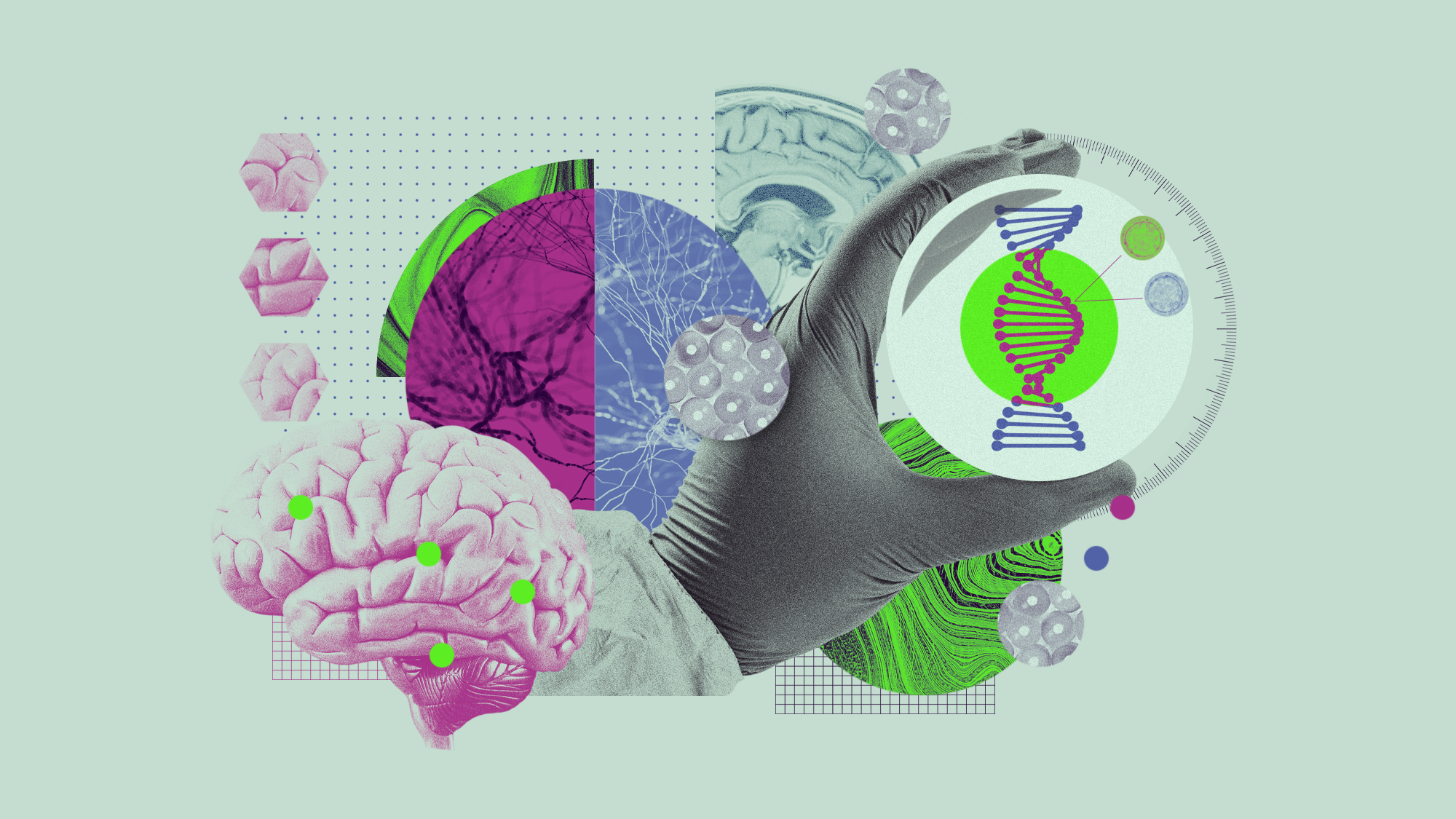 5 recent breakthroughs in biology
5 recent breakthroughs in biologyIn depth From ancient bacteria, to modern cures, to future research
-
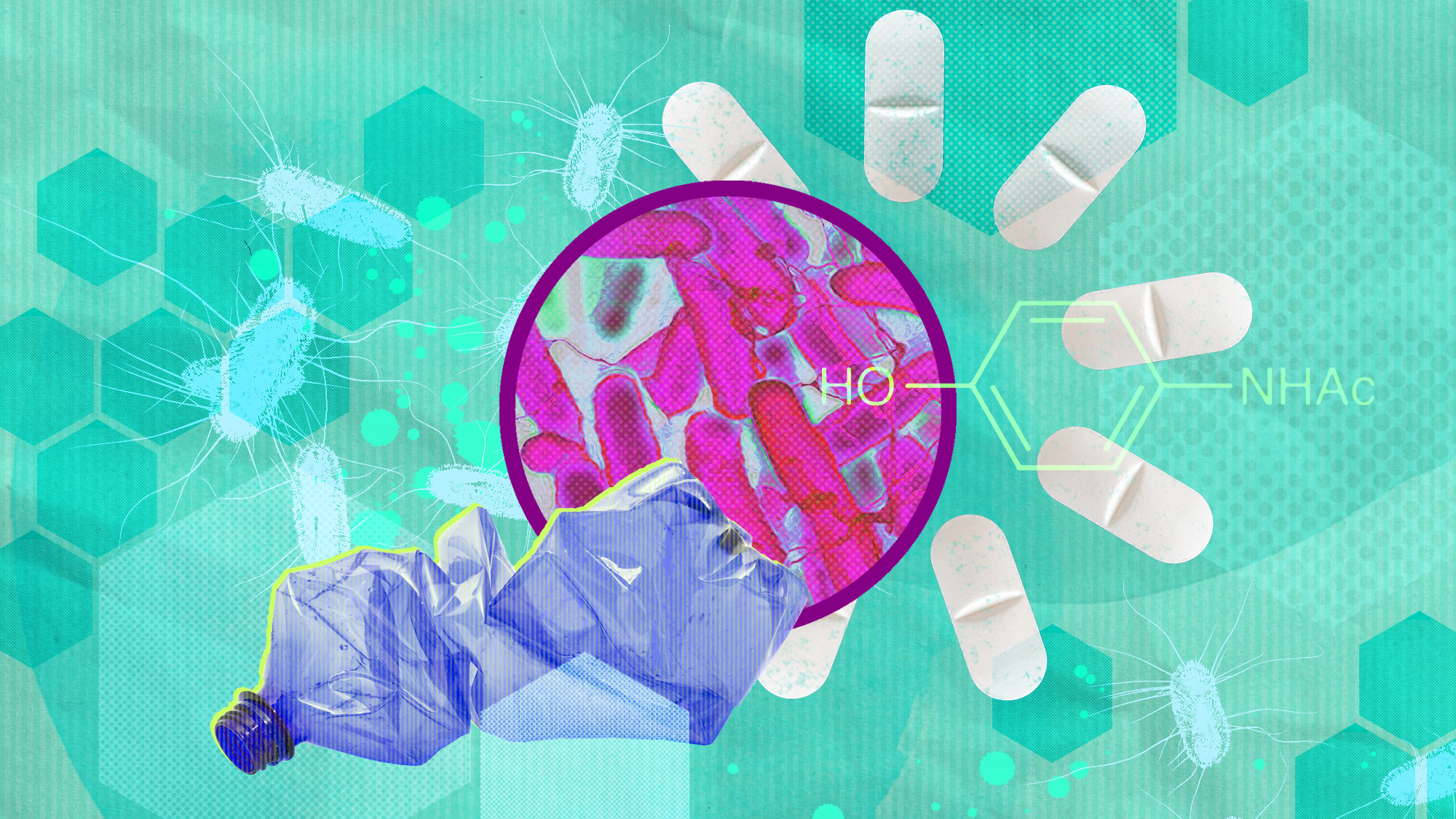 Bacteria can turn plastic waste into a painkiller
Bacteria can turn plastic waste into a painkillerUnder the radar The process could be a solution to plastic pollution
-
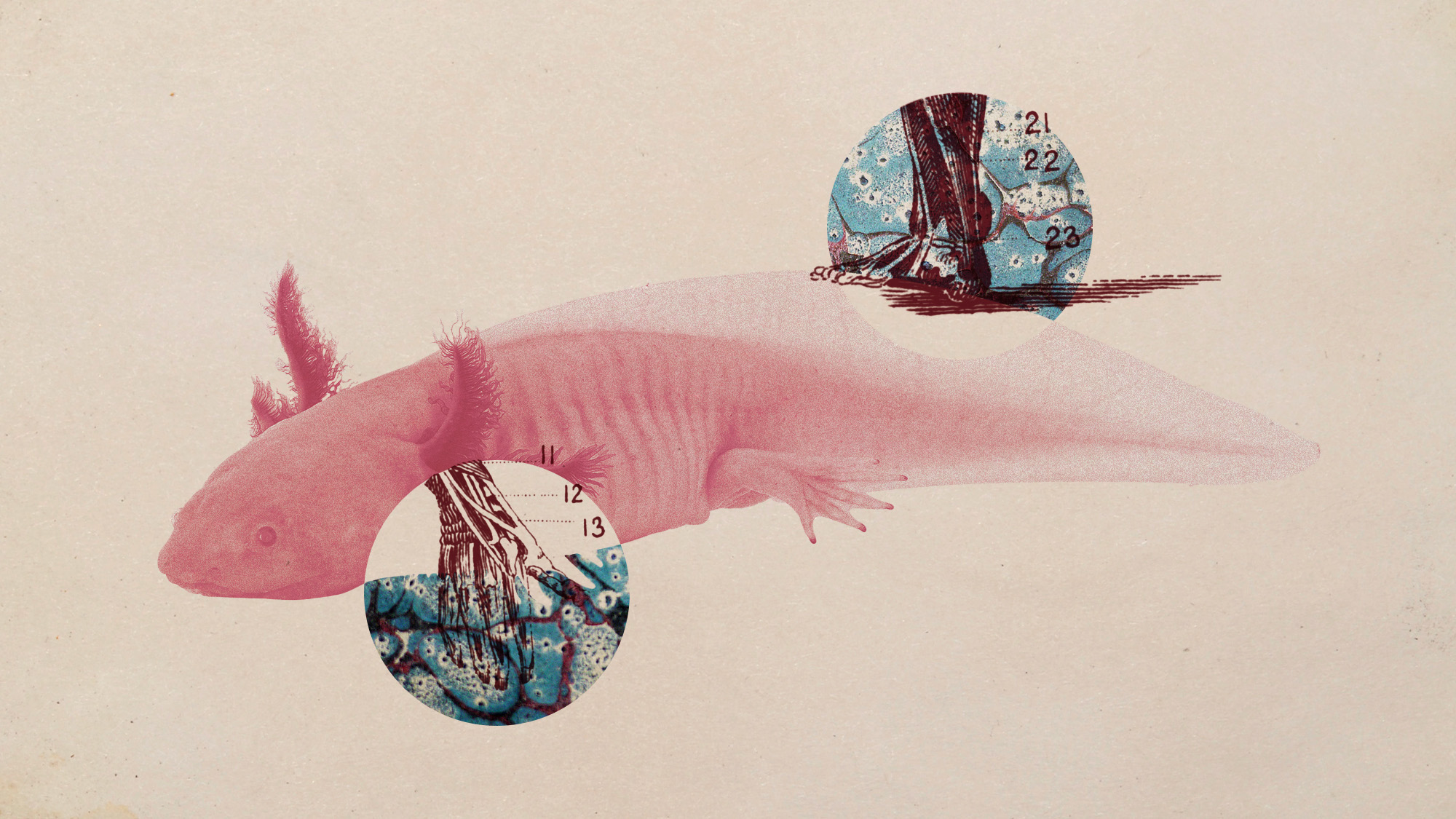 Scientists want to regrow human limbs. Salamanders could lead the way.
Scientists want to regrow human limbs. Salamanders could lead the way.Under the radar Humans may already have the genetic mechanism necessary
-
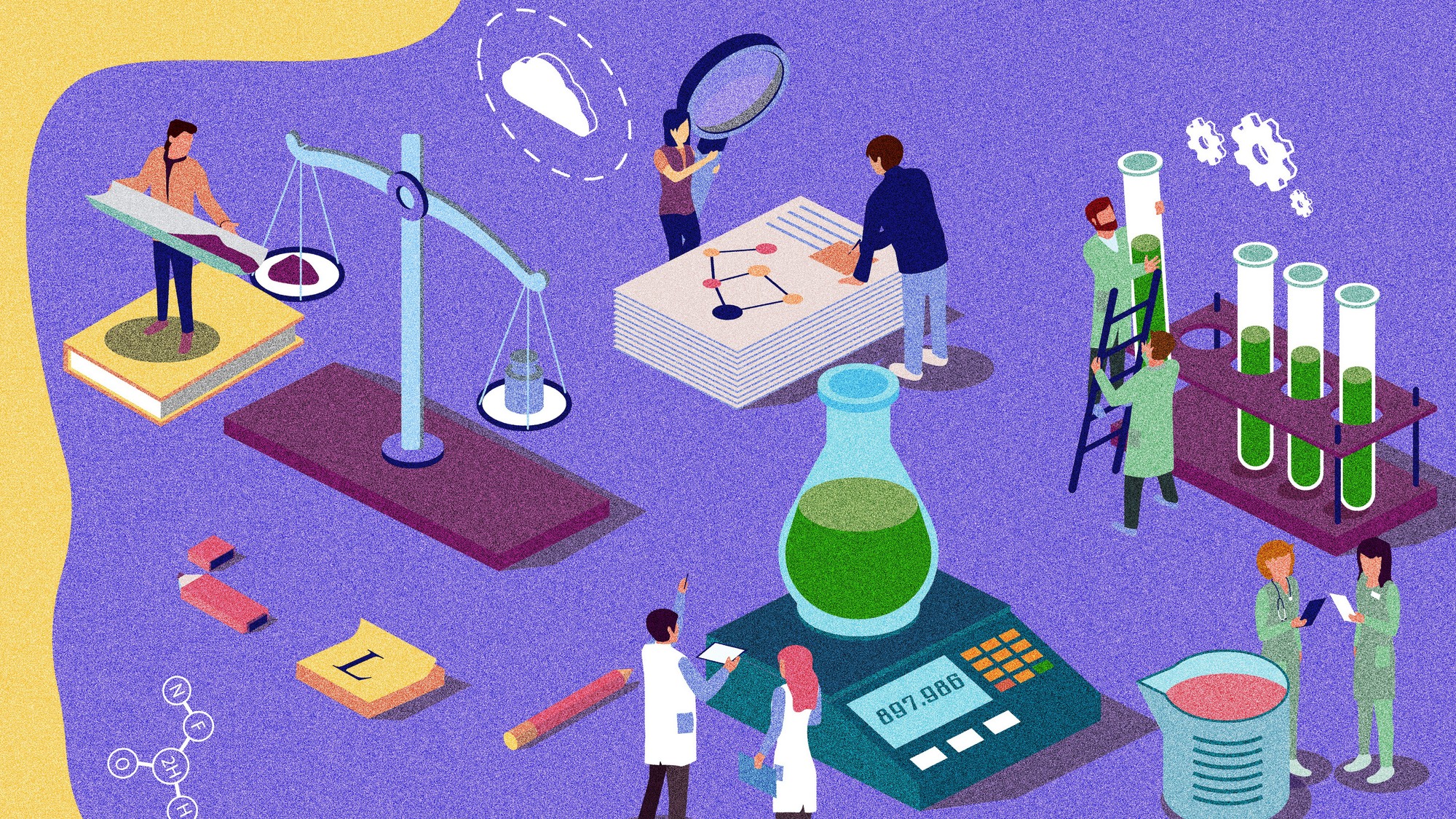 Is the world losing scientific innovation?
Is the world losing scientific innovation?Today's big question New research seems to be less exciting
-
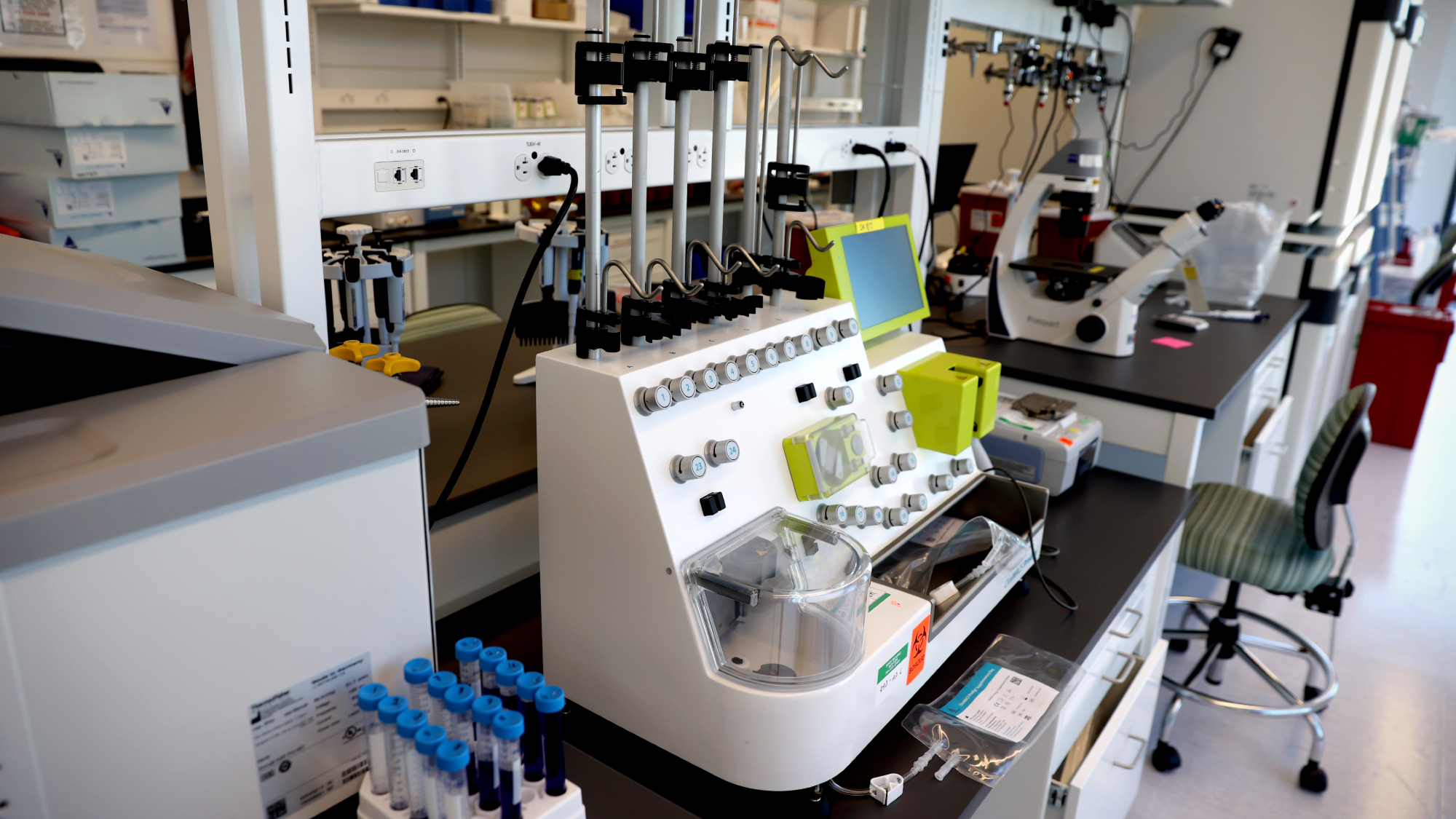 Breakthrough gene-editing treatment saves baby
Breakthrough gene-editing treatment saves babyspeed read KJ Muldoon was healed from a rare genetic condition
-
 Humans heal much slower than other mammals
Humans heal much slower than other mammalsSpeed Read Slower healing may have been an evolutionary trade-off when we shed fur for sweat glands
-
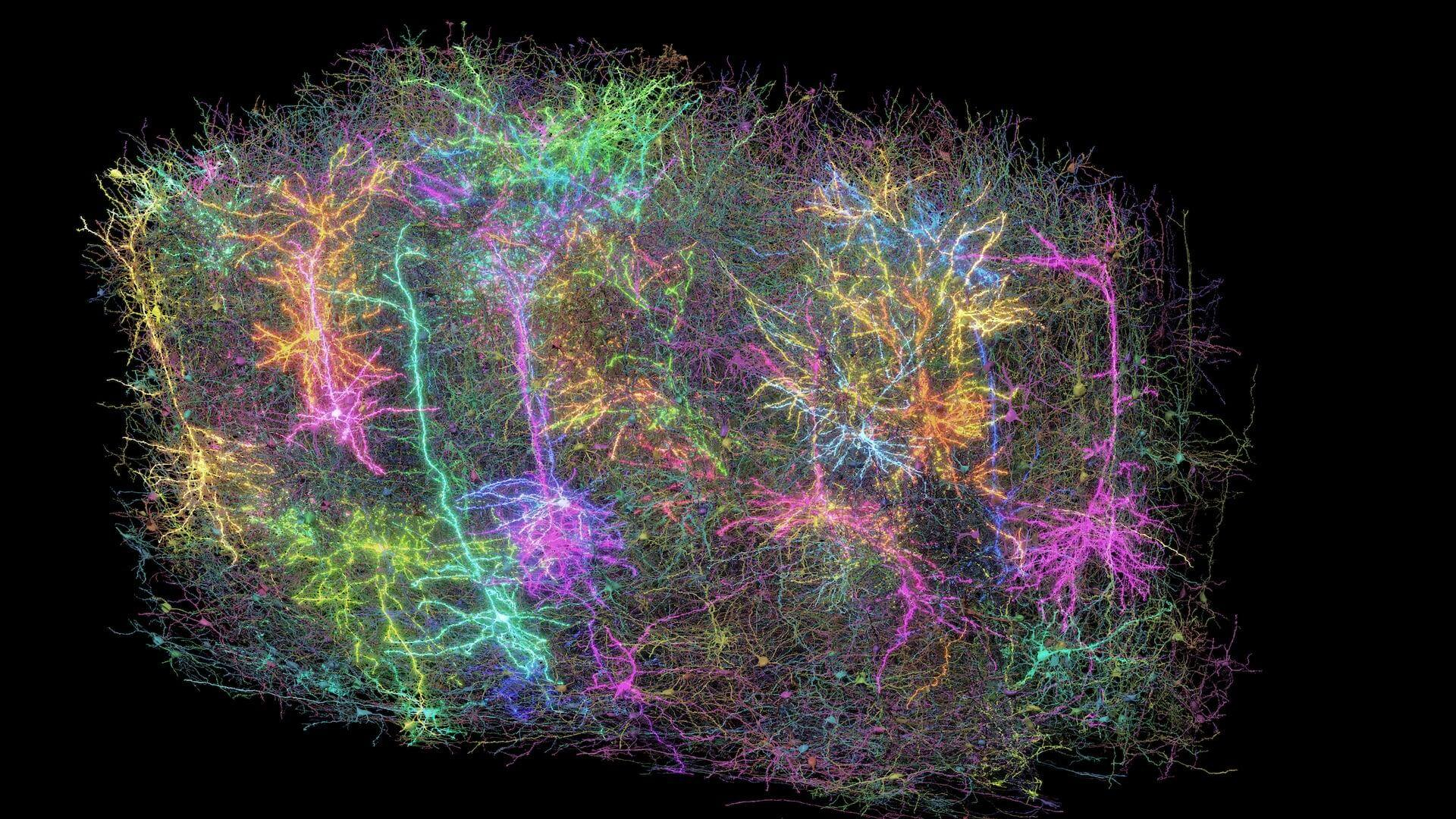 Scientists map miles of wiring in mouse brain
Scientists map miles of wiring in mouse brainSpeed Read Researchers have created the 'largest and most detailed wiring diagram of a mammalian brain to date,' said Nature
-
 Scientists genetically revive extinct 'dire wolves'
Scientists genetically revive extinct 'dire wolves'Speed Read A 'de-extinction' company has revived the species made popular by HBO's 'Game of Thrones'